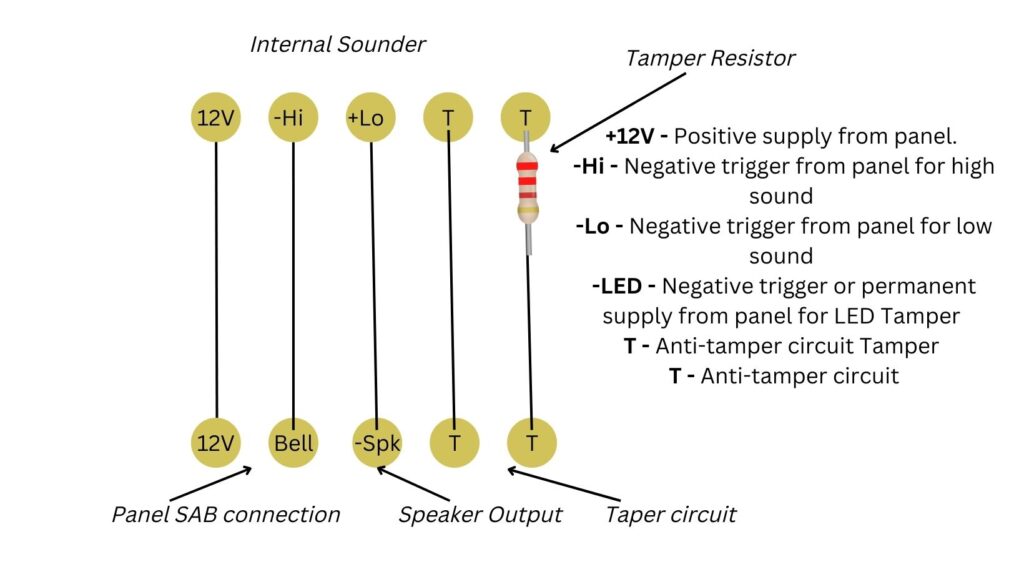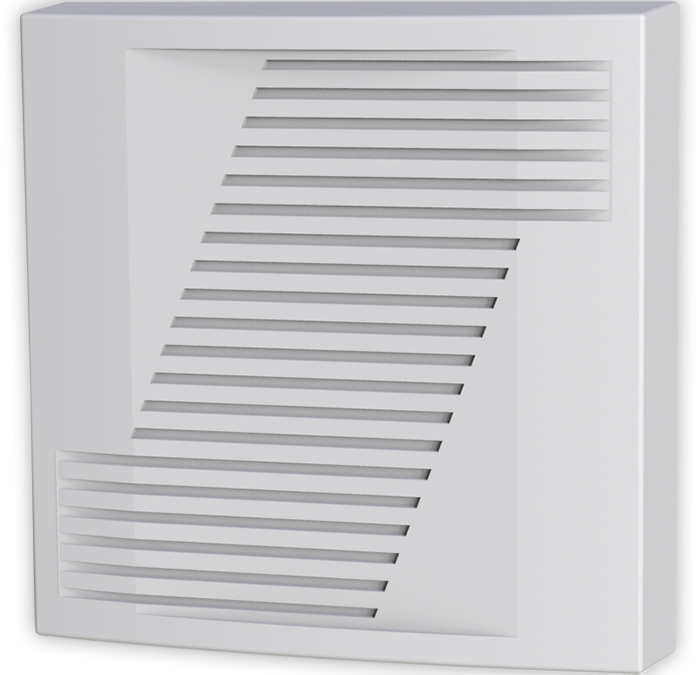An intruder alarm system protects your family and belongings from unauthorised access. When illegitimate access is detected, the intruder alarm system activates the sounders to alert the homeowner and others.
Intruder alarm systems are attached to multiple bells, both inside and outside. Once an alarm is triggered, the outside bell goes off. When certain conditions are met, the indoor bell will go off.
What distinguishes these two bells from one another? In particular situations, such as a fire or the activation of a 24-hour zone, indoor bells are necessary.
Many installers wire them in a similar pattern, but that is wrong. Since their differences are so pronounced, they require specialised wiring.
This remotely powered internal sounder complies with EN50131:2006 + A1:2009 and can be installed in security systems up to and including Grade 3 Environmental Class II. When the alarm is activated, the warning device emits an audible signal. You can choose between an alternating and continuous tone for the sound output. With the lid off and the device removed from the mounting surface, it is additionally secured against tampering.
There are five terminals for connecting wires. Connect a speaker negative to the common negative terminal (GND) and a speaker positive to the correct positive terminal (#1 or #2) to turn on either the alternating or continuous sound. Remove the positive or negative supply to silence the sound.

Please be aware that continuous tones do not meet EN50131-4 requirements.
Connect tamper terminals to Aux/Fault terminals which allow the control panel to monitor the tamper & fault loops of external devices.
Are you interested in learning more about the installation of an intruder alarm? At Cube, we offer the level 3 certificate in intruder alarm installation recognised by the UK governing body. Call or contact us online to learn more about our training and certification.

